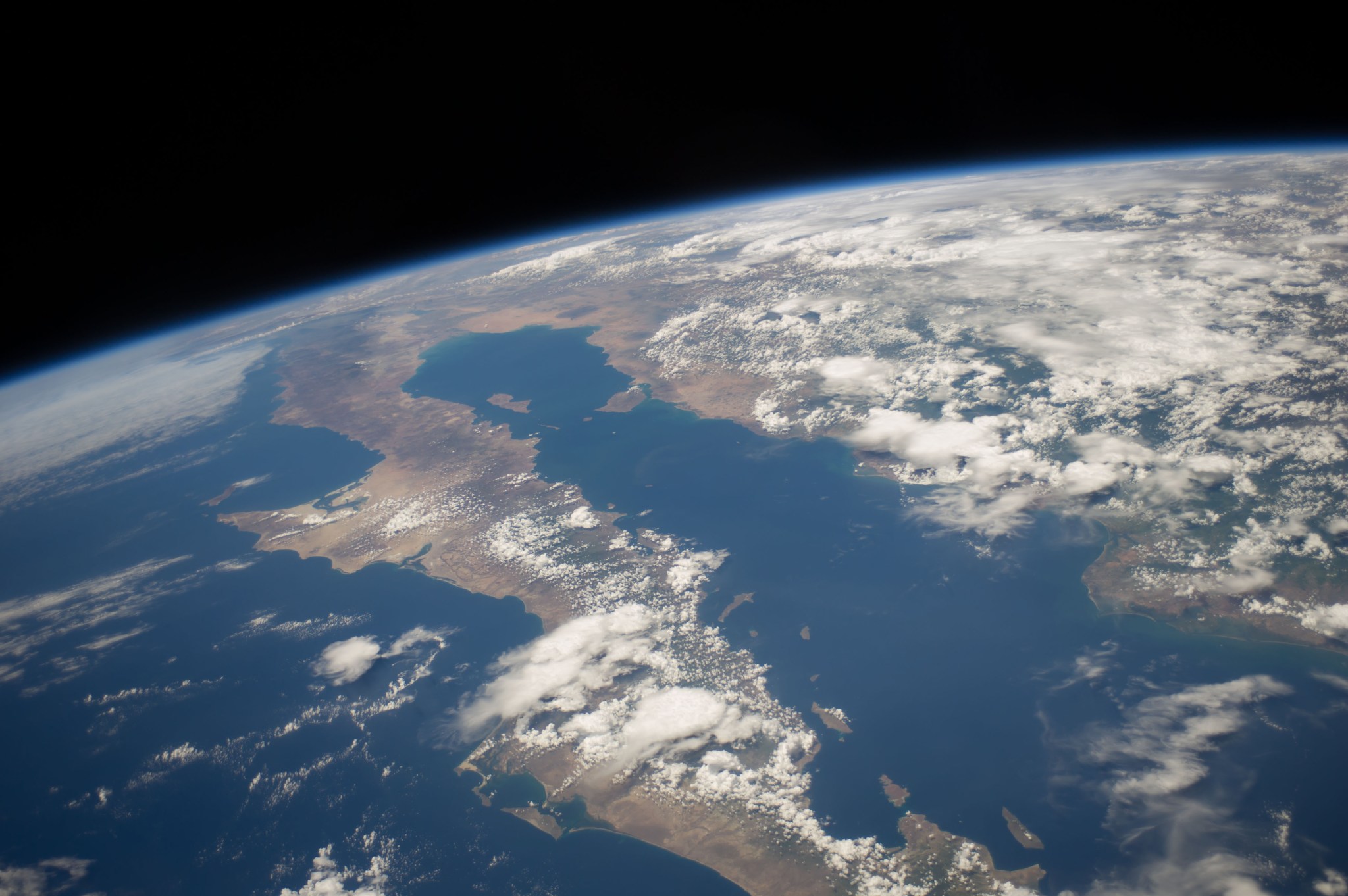Tuesdsay, Feb. 18, 2003 – 6 p.m. CST
Lyndon B. Johnson Space Center, Houston, Texas
An external tank virtually identical to the one launched with Space Shuttle Columbia Jan. 16 has been impounded at Michoud Operations at New Orleans, retired Adm. Harold W. “Hal” Gehman, chairman of the Columbia Accident Investigation Board, said today.
Speaking at a press conference at NASA’s Johnson Space Center in Houston, he said the external tank, produced just after Columbia’s, would be carefully examined. He added that during its visit to New Orleans last week, “we were extraordinarily impressed with what we saw at Michoud,” in terms of staff and the facility itself.
Gehman was joined at the briefing by three fellow board members, Air Force Maj. Gen. John Barry, Steven Wallace, director of accident investigation for the Federal Aviation Administration; and Dr. James N. Hallock, chief of the Aviation Safety Division of the Transportation Safety Institute.
Berry leads the board’s group looking at maintenance, material and management. Wallace heads the group looking at operations, crew training and life sciences. Hallock leads the group looking at engineering and technology evaluation.
“My job is to coordinate among all these individual investigations,” Gehman said. He added that the pace of the investigation is accelerating rapidly. He promised that the board’s final report would put the Columbia accident in the context of the nation’s space program. He added that the first in a series of public hearings on the accident would be held next week.
At the briefing, Gehman said he was open to further expansion of the investigation board. The latest addition to the board, Dr. Sheila Widnall, a Massachusetts Institute of Technology faculty member and former Secretary of the Air Force, will join the board later this week.
Gehman announced the opening of the board’s Washington, D.C., office and the appointment of Thomas L. Carter as board assistant for government relations. Carter will be the board’s independent representative in Washington. He will maintain contact with Congress and Executive Branch organizations.
Carter is an Air Force Reserve flag officer with more than 10,000 flying hours, mostly as a commercial pilot. He lives in Charleston, S.C. Anyone wanting to send information to the board by mail can reach them at: Columbia Accident Investigation Board, 16850 Saturn Lane, Houston, Texas 77058. Gehman also says the board is setting up its own web site and 1-800 number to help the public contact them directly.
The search for Columbia debris continues. Gehman thanked volunteers for their search efforts. “We still need debris,” he said, adding that collection is very important to the board. He said about 4,000 pieces of debris are at Kennedy Space Center, of which 2,600 have been identified, catalogued and are out on the reconstruction hangar floor. An additional 10,000 pieces are headed toward Barksdale Air Force Base at Shreveport, La., or KSC.
The Federal Emergency Management Agency (FEMA) said that 77 percent of sites in Texas and 99 percent of sites in Louisiana where Shuttle debris had been reported have been cleared.
Board member Hallock said it appears that things were beginning to come off Columbia as it passed over California. He said that while it is important to understand what those pieces were, none has been found. As of early Tuesday, the western boundary of the debris field remained just west of the Fort Worth, Texas, area.
The Forest Service-led Southern Area Incident Command “Blue Team” has set up a base camp in Nacogdoches, Texas. The debris search team has about 350 people and is expected to grow to 650 people during the next few days. Two other teams with about 700 members from NASA and more than a dozen other organizations are being deployed to Palestine and Hemphill, Texas. The number of searchers is expected to grow to more than 2,000 by the end of the week.
For more information about NASA on the Internet, see: www.nasa.gov


























